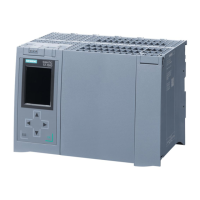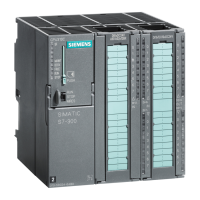Principles for control
2.2 Controlled systems
PID control
18 Function Manual, 03/2017, A5E35300227-AC
The properties of a controlled system can hardly be influenced as these are determined by
the technical requirements of the process and machinery. Acceptable control results can
only be achieved by selecting a suitable controller type for the specific controlled system and
adapting the controller to the time response of the controlled system. Therefore, it is is
indispensable for the configuration of the proportional, integral and derivative actions of the
controller to have precise knowledge of the type and parameters of the controlled system.
Controlled systems are classified based on their time response to step changes of the output
value.
We distinguish between the following controlled systems:
● Self-regulating controlled systems
– Proportional-action controlled systems
– PT1 controlled systems
– PT2 controlled systems
● Non-self-regulating controlled systems
● Controlled systems with and without dead time
Self-regulating controlled systems
Proportional-action controlled systems
In proportional-action controlled systems, the process value follows the output value almost
immediately. The ratio between the process value and output value is defined by the
proportional Gain of the controlled system.
Examples:
● Gate valve in a piping system
● Voltage dividers
● Step-down function in hydraulic systems
In a PT1 controlled system, the process value initially changes in proportion to the change of
the output value. The rate of change of the process value is reduced as a function of the time
until the end value is reached, i.e., it is delayed.
Examples:
● Spring damping system
● Charge of RC elements
● Water container that is heated with steam.
The time constants are often identical for heating and cooling processes, or for charging and
discharge characteristics. With different time constants, controlling is clearly more complex.

